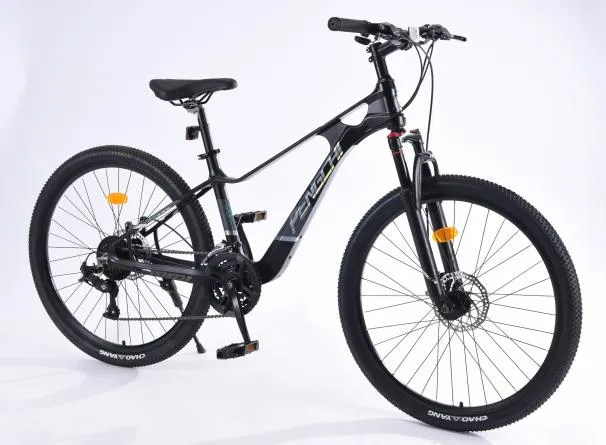
-
 Afrikaans
Afrikaans -
 Arabic
Arabic -
 Belarusian
Belarusian -
 Bengali
Bengali -
 Bulgarian
Bulgarian -
 Croatian
Croatian -
 Czech
Czech -
 Danish
Danish -
 Dutch
Dutch -
 English
English -
 Finnish
Finnish -
 French
French -
 German
German -
 Greek
Greek -
 hawaiian
hawaiian -
 Hebrew
Hebrew -
 Hindi
Hindi -
 Hungarian
Hungarian -
 Indonesian
Indonesian -
 irish
irish -
 Italian
Italian -
 Japanese
Japanese -
 Javanese
Javanese -
 kazakh
kazakh -
 Khmer
Khmer -
 Korean
Korean -
 Kyrgyz
Kyrgyz -
 Lao
Lao -
 Latin
Latin -
 Luxembourgish
Luxembourgish -
 Malay
Malay -
 Myanmar
Myanmar -
 Norwegian
Norwegian -
 Persian
Persian -
 Polish
Polish -
 Portuguese
Portuguese -
 Romanian
Romanian -
 Russian
Russian -
 Serbian
Serbian -
 Slovak
Slovak -
 Somali
Somali -
 Spanish
Spanish -
 Swedish
Swedish -
 Tagalog
Tagalog -
 Thai
Thai -
 Turkish
Turkish -
 Turkmen
Turkmen -
 Ukrainian
Ukrainian -
 Uighur
Uighur -
 Vietnamese
Vietnamese
nov. . 29, 2024 18:23 Back to list
categories of mountain bikes
Categories of Mountain Bikes A Comprehensive Guide
Mountain biking is one of the most exhilarating outdoor activities that allows riders to experience nature while indulging in an adrenaline-pumping sport. However, choosing the right mountain bike can be overwhelming, given the numerous categories available. Understanding these categories can help riders make an informed decision based on their riding style, terrain, and personal preferences. This article breaks down the major categories of mountain bikes to guide you in selecting the perfect ride for your adventures.
1. Cross-Country (XC) Bikes
Cross-country bikes are designed for speed and efficiency over relatively smoother terrains. They are typically lightweight and feature a more aggressive riding position that allows for fast climbs and long distances. XC bikes come in both hardtail and full-suspension options. Hardtail bikes, which have a suspension only in the front, are ideal for beginners or riders who enjoy a more direct connection to the trail. In contrast, full-suspension XC bikes offer better control and comfort, making them suitable for more technical trails. XC racing events often showcase these bikes due to their performance-oriented build.
2. Trail Bikes
Trail bikes are the most versatile category and can handle a variety of terrains, making them popular among recreational riders. They strike a balance between climbing efficiency and descending capability. Typically equipped with a suspension travel of 120mm to 150mm, trail bikes can tackle moderate technical trails while still providing comfort for longer rides. They usually feature a slacker geometry, allowing for improved stability at higher speeds and on steep descents. The adaptable nature of trail bikes makes them suitable for a wide range of experiences, from leisurely rides to challenging trail adventures.
3. All-Mountain Bikes
All-mountain bikes, also known as enduro bikes, are built for riders who seek to conquer steep descents while maintaining the ability to climb efficiently. These bikes tend to have a more robust frame, wider tires, and suspension travel ranging from 150mm to 180mm. They are designed to excel on technical trails with features like rocks, roots, and drops. Because of their versatility, all-mountain bikes appeal to those who enjoy a mix of climbing and descending, making them ideal for riders who want to explore more challenging terrain.
categories of mountain bikes

4. Downhill Bikes
For those who prioritize descending over climbing, downhill bikes are the ultimate choice. Engineered specifically for steep and rugged downhill trails, these bikes feature long travel suspension (typically 180mm or more) and a stable, low center of gravity. The heavy-duty frames can withstand rough impacts, and the geometry is designed for maximum control at high speeds. However, downhill bikes usually come with a hefty weight and are not intended for climbing, so they often require transport to the top of the trail via chairlifts or shuttle vehicles.
5. Fat Bikes
Fat bikes are designed with oversized tires that measure 3.7 inches or more, allowing them to float over soft surfaces like snow, sand, or mud. This unique capability makes them ideal for riders who enjoy winter cycling or those looking to explore trails less traveled. Fat bikes can come in either hardtail or full-suspension configurations, although the hardtail version is more common. The wide tires provide excellent traction and stability, making them suitable for a range of conditions that would be challenging for standard mountain bikes.
6. Electric Mountain Bikes (e-MTBs)
The rise of technology has given birth to electric mountain bikes, which combine traditional mountain biking with the benefits of electric assistance. These bikes feature a battery-powered motor that helps riders tackle challenging climbs or extend their ride time. e-MTBs are available across various categories, including cross-country, trail, and all-mountain. They open up opportunities for riders of different skill levels or those with varying fitness levels to enjoy mountain biking experiences that may have been previously out of reach.
Conclusion
Choosing the right mountain bike involves understanding your preferences, riding style, and the types of trails you wish to explore. From the lightweight agility of cross-country bikes to the rugged robustness of downhill bikes, each category offers unique benefits tailored to different riding experiences. By assessing your needs and considering the terrain you’ll ride on, you can make an informed decision that will enhance your mountain biking adventures. Remember, the right bike can make all the difference in your experience, allowing you to enjoy the freedom and thrill of riding through nature’s beauty. Happy biking!
-
Premium Titanium Road Bike: Lightweight & Durable
NewsAug.01,2025
-
Red Black BMX Bike with GPT-4-Turbo AI Tech
NewsJul.31,2025
-
New Red Anti-theft E-Bike | Easy Ride City Commuter
NewsJul.31,2025
-
BMX 20 Inch Bikes for Freestyle & Street | Fat Tire Options Available
NewsJul.30,2025
-
322 High Quality 26 Inch 21 Speed Adult Mountain Bike OEM MTB
NewsJul.29,2025
-
Specialized Kids Mountain Bikes - Safe, Durable & Fun Riding Experience
NewsJul.29,2025

